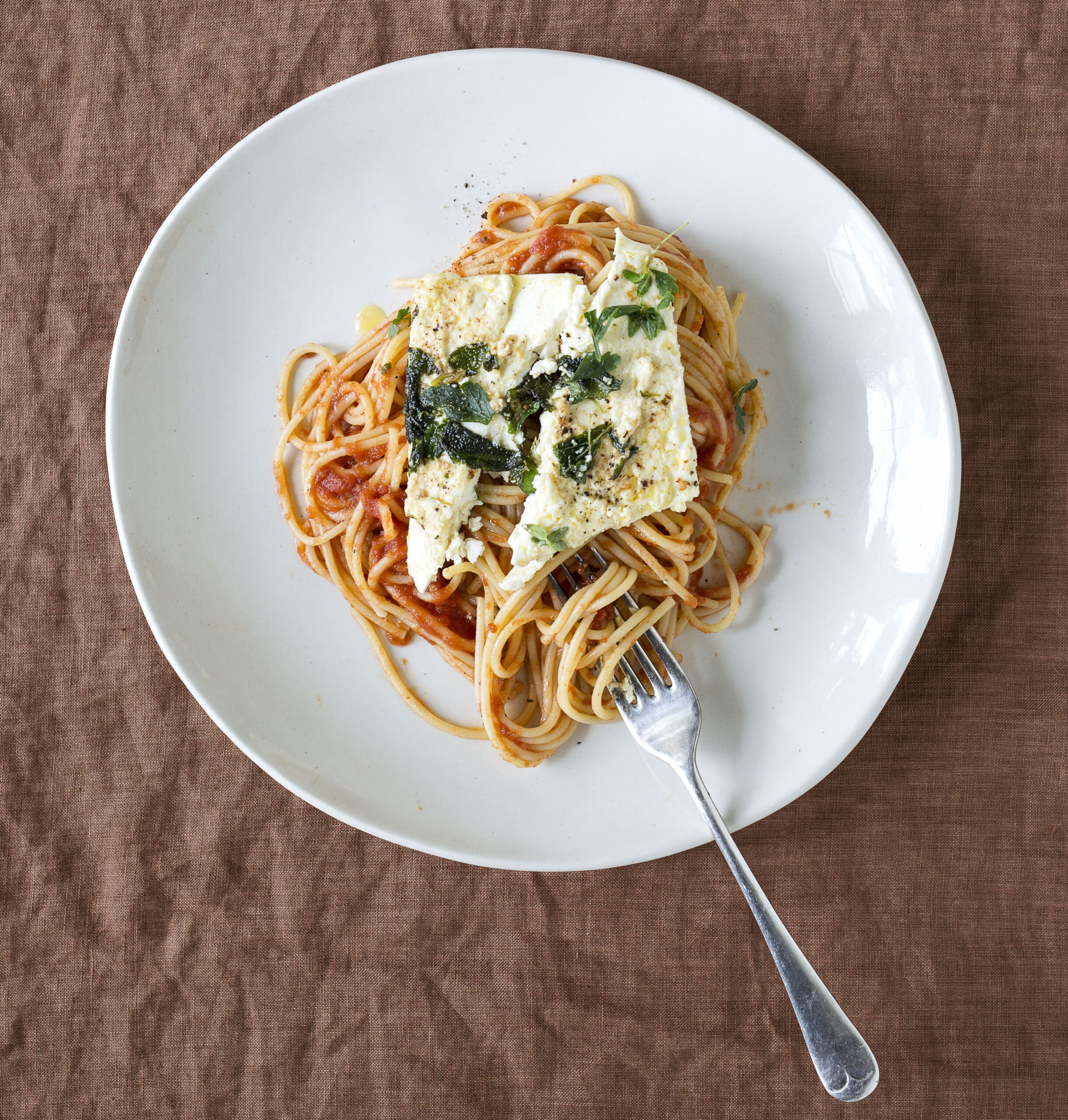Jai Breitnauer shares the history of Valentine’s Day – the day of love.
It’s that time of year again, when Hallmark teddy bears are exchanged by wide-eyed teens, chocolate-heart wrappers choke landfill, and social media is full of reasons why it’s really so great to be single. That’s right, it’s Valentine’s Day. Whether you embrace the full majesty of the most romantic day of the year, or, like me, are a little more cynical about this very commercialised event, you will no doubt find the back-story very engaging.
Valentine’s day dates back to Roman times, when Lupercalia, the festival of fertility, was celebrated in mid-February. After a goat was sacrificed in the cave believed to be the childhood home of Rome’s legendary founders Romulus and Remus, the shredded hide dipped in sacred blood would be gently slapped against both women and fields to encourage fertility.
Lupercalia was outlawed at the end of the 5th Century due to its pagan roots; but at the same time February 14th was declared by Pope Gelasius as St Valentine’s Day. Who this St Valentine really was is no longer clear, but there are several legends attributed to the later canonised Valentinus (there are actually three saints of that name), that may also explain the association with love.
One legend has it that when ancient Rome outlawed marriage for young men who would make good soldiers, a young priest named Valentine continued to perform marriages between young lovers illegally. When the Emperor discovered this, Valentine was executed. Another legend suggests that Valentinus was arrested for helping young Christians escape harsh Roman prisons. He fell in love with his jailer’s daughter and before his execution wrote her a love letter signed, ‘from your Valentine’.
Today, around one billion Valentines cards are exchanged globally, making it the second biggest card-sending holiday of the year.
Whatever the origin, by the middle ages in England and France, Valentine’s day was one of the most important days of the year. The oldest known Valentines card was a poem written by the Duke of Orleans to his wife while imprisoned in the Tower of London. It is dated 1415 and is on display at the British Library. During the 18th century it was common not just for lovers but for close friends to exchange affectionate, hand-written notes, and by 1900 cards for the celebration were in production. Today, around one billion Valentines cards are exchanged globally, making it the second biggest card-sending holiday of the year.
So have a think this week who might deserve to be your valentine. Perhaps you could leave a note of appreciation for your friendly postman, who will no doubt struggle under the weight of the cards he has to deliver to you. Perhaps your parents, the givers of so much unconditional love over the years, wouldn’t mind a postcard. And don’t forget your partner, who no-doubt knows how much you love them, but might appreciate a token of appreciation – a note in their lunchbox or an extra kiss on the way out to work.
Let’s make Valentine’s Day one of gratitude, a day to recognise all those people that make our lives a little easier, a little happier, and to recognise how blessed we are.





